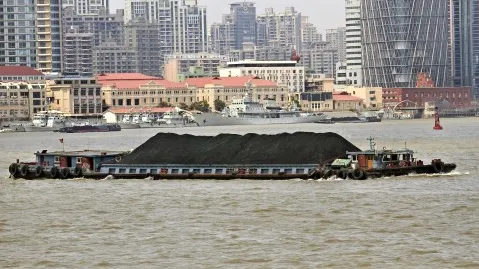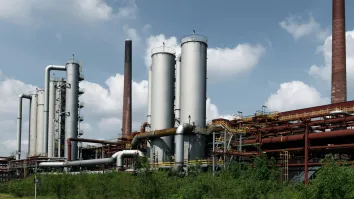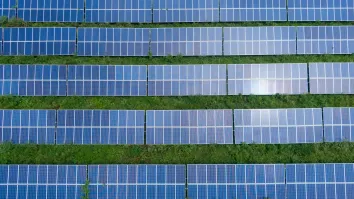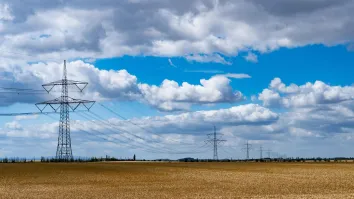
Power-hungry China stubbornly holds on to coal-fired power
China is awfully torn between coal power reduction and further growing its exports.
When the OECD agreed to restrict subsidies for coal-fired power plants’ exports, both investors and the press had a field day. It was a big step in curbing the growth of global coal-fired power generation and it could have been a phenomenal day for the power industry--except that China, the biggest elephant in the room, was missing when the coal power reduction pact was made.
The world’s coal-fired power generation fleet is almost 1,900GW and half of it is China’s. “That in itself should make any deal less ground-breaking than it initially appears,” Ephrem Ravi, analyst at Barclays, says. “The average utilisation rate of Chinese coal-fired power plants has been 49% YTD and the current project pipeline will add c.5% per annum to capacity over the next two years. So Chinese capacity growth itself could offset any retirement in old coal fired power plants in developed countries, let alone the degree of overcapacity in power generation domestically in the first place.”
On the bright side
In China’s defence, Lauri Myllyvirta, senior global campaigner at Greenpeace, says that the power giant has already accomplished a completely amazing feat in reducing coal-fired power generation at home: coal-fired power generation this year will be at the same level as in 2011. In the meanwhile, power demand has grown 20%, and all of that growth has been covered by non-fossil energy. Coal use on the power sector peaked in 2013. Going forward, power demand growth will be slower and renewable energy growth will be faster, meaning that coal use for power is in structural decline.
Evan Li, head of Utility & Alternative Energy Research, Asia Pacific, HSBC adds that in China’s 12th FYP (Five-Year Plan, 2011-15), it targets to control the emissions of coal-fired power plants by lowering per-unit intensity against GDP (from 2010-level) by 16% (SO2), 29% (nitrogen oxides) and 29% (CO2). “These targets have already been achieved in 2014, ahead of schedule,” Li says.
China’s schizo role in power
“The problem that we have highlighted is that Chinese state-owned companies and local governments have failed to scale back investment in coal-fired power plants in response to the triumph of clean energy and to the slower power demand growth stemming from fundamental structural changes in the economy,” Myllyvirta clarifies. “Hence China is still building more than one coal-fired power plant per week while coal-fired capacity is already sitting idle for more than half the time.”
As an overseas supplier of power generating infrastructure and finance, China plays a slightly schizophrenic role as the largest producer of wind and solar power equipment in the world on one hand, and as a growing exporter of dirty coal-fired power plants on the other, Myllyvirta says. Wawa Wang of CEE Network agrees to this, saying that while the recent US-China high level joint statement spells out China's determination to ''strictly control'' public financing projects of high pollution and carbon emissions both domestically and internationally, it is not clear how China intends to translate the goodwill of this statement into operational policies in curbing its investments of coal-fired power plants and mines overseas.
“Chinese policy banks have thus far not shown any slowing down in providing funding to coal projects globally,” Wang confirms.
Li from HSBC remains hopeful though that China will make a big leap of change next year. “In the 13th FYP, we expect further emission caps to be imposed on coal-fired power generation in order to encourage efficiency improvements through upgrades.”



















 Advertise
Advertise






